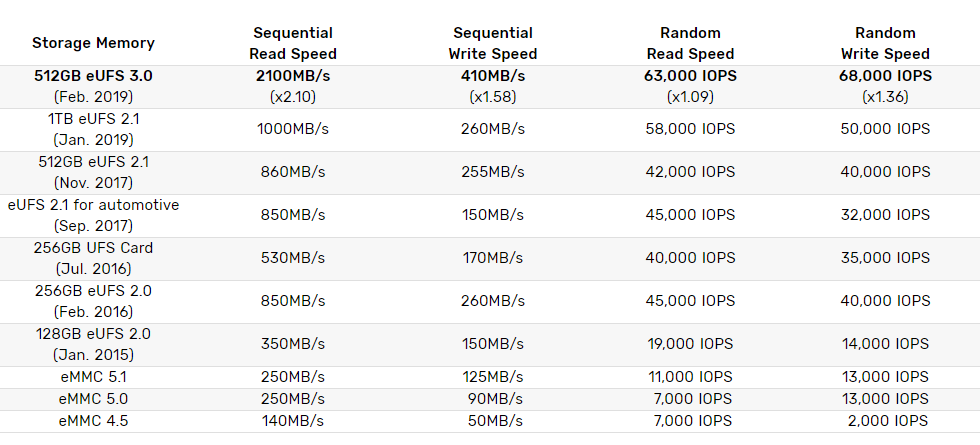There are five days left until the Samsung Galaxy S10, S10+, and S10e go on sale in the US, Europe, India, and other markets in the globe. In terms of internal hardware, the phones come in two variants: a Qualcomm Snapdragon 855 variant for US/China/Latin America, and an Exynos 9820 variant for the rest of the world. One thing we didn't know about up until now was the storage specification of the phones. Samsung has been using UFS storage since the Samsung Galaxy S6, and the company's 2018 phones used UFS 2.1 NAND. Last year, a few rumors alleged that the Galaxy S10 series would have UFS 3.0 storage, but a TechInsights teardown reveals that the rumor didn't pan out.
TechInsights did a teardown of the Exynos Samsung Galaxy S10+ (SM-G975F). The firm found out that neither the Galaxy S10+ or the Galaxy S10 has UFS 3.0 storage. That specification is reserved for now to the ultra-high-end Samsung Galaxy Fold, which will be released in April. Notably, Samsung's official specifications table for the Galaxy Fold specifically promotes the inclusion of UFS 3.0 storage, while the Galaxy S10's official specifications table is silent about the phone's UFS specification.
TechInsights states that the company found the Galaxy S10 phones to have the Samsung KLUDG4U1EA-B0C1, a 128GB UFS 2.1 NAND that's found in the Samsung Galaxy Note 9 as well as in many other phones.
UFS 3.0 predictably features faster performance than UFS 2.1. Samsung's newly announced 512GB eUFS 3.0 (February 2019) NAND has sequential read speeds of up to 2100MB/s (x2.10), sequential write speeds up to 410MB/s (x1.58), random read speeds of 63,000 IOPS (x1.09), and random write speeds of 68,000 IOPS (x1.36). These figures are faster than the latest 1TB eUFS 2.1 (January 2019) NAND, and they can be compared in the table shown above.


